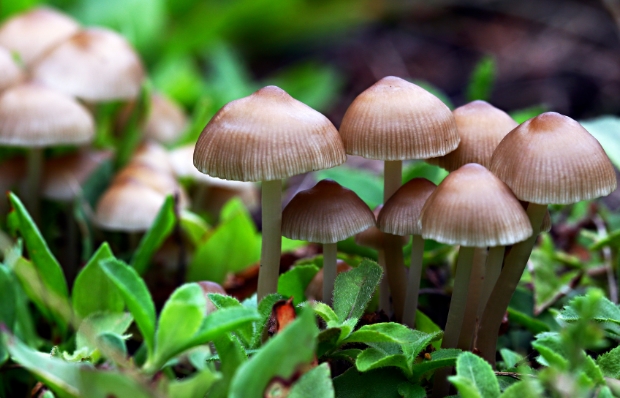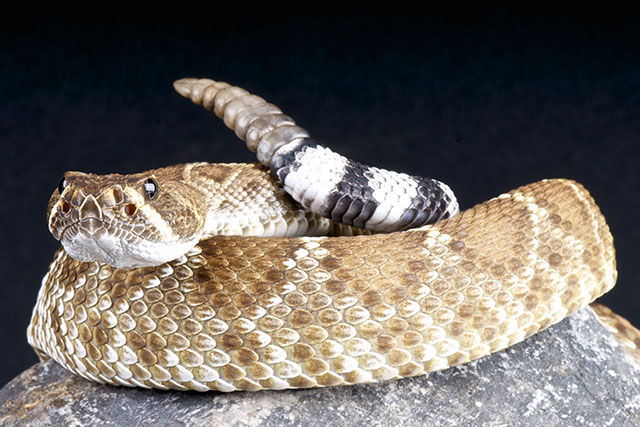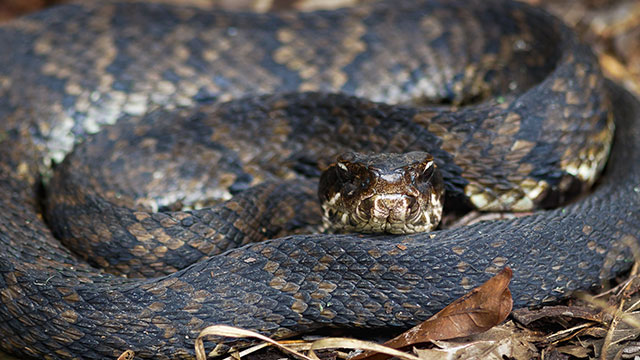New research suggests mushrooms can communicate with each other using up to 50 “words”
04/13/2022 / By Arsenio Toledo

A recent study published in the Royal Society Open Science journal has found that mushrooms can communicate with each other. Scientists even believe they are able to use up to 50 “words.”
“[We] found that the ‘fungal language’ exceeds the European languages in morphological complexity,” reads the study, written by Andrew Adamatzky, professor of computer science at the University of the West of England – Bristol.
Adamatzky is building on previous research, which suggests that fungi can communicate with one another using electrical impulses sent through long, underground threadlike structures that connect fungi roots called hyphae. This is similar to how human nerve cells can transmit information throughout the body.
To find out if mushrooms are able to communicate, Adamatzky conducted a mathematical analysis of the electrical signals four species of fungi – enoki, split gill, ghost and caterpillar fungi – send to each other.
Adamatzky did this by inserting tiny microelectrodes into areas in the soil colonized by their hyphae threads.
“We do not know if there is a direct relationship between spiking patterns in fungi and human speech. Possibly not,” said Adamatzky. “On the other hand, there are many similarities in information processing in living substrates of different classes, families and species. I was just curious to compare.” (Related: Plants use hormones to signal how they should respond to danger – study.)
Adamatzky found that the spikes in electrical activity clustered into trains of activity. He was able to identify up to 50 different patterns, or words, that bore striking resemblances to human language. Split gills, which grow on decaying wood and whose bodies resemble waves of packed coral, generated the most complex electrical spikes.
Adamatzky uncertain why fungi communicate – or if the electrical spikes are actually “words”
Adamatzky hypothesized that one of the most likely reasons for the waves of electrical activity is to maintain the fungi’s integrity. He compared it to wolves howling to determine one another’s location and to maintain the cohesion of the pack.
He added that the fungi may also be communicating to tell each other about newly discovered sources of attractants, such as possible food sources and potential threats.
“There is also another option – they are saying nothing,” he conceded. “Propagating mycelium tips are electrically charged and, therefore, when the charged tips pass in a pair of differential electrodes, a spike in the potential difference is recorded.”
Regardless of what the electrical spikes are, Adamatzky said they definitely have a purpose. More research needs to be done to confirm if the spikes are actually a form communication or if they help fungi achieve a different objective.
Dan Bebber, an associate professor of biosciences at the University of Exeter, said the spikes may be similar to the “pulsing behavior” in fungal networks that he discovered in previous research. These pulses, which have similar rhythmic patterns to the electrical spikes Adamatzky found, are possibly used by fungi to grow and forage for nutrients.
“Though interesting, the interpretation as language seems somewhat overenthusiastic, and would require far more research and testing of critical hypotheses before we see ‘Fungus’ [listed as a language] on Google Translate,” said Bebber.
Visit Ecology.news for more stories about plants, animals and fungi.
Watch this experiment on plant intelligence that proves plants are able to understand positive and negative human communication.
This video is from the Ghost of a Ruth Drown channel on Brighteon.com.
More related stories:
Back off, bugs: Sweet potato cultivars use a specific odor to warn other plants of herbivores.
The language of Nature: Plants communicate with each other to send alerts about incoming pests.
Plants can sense, think and communicate, says Italian scientist.
Trees talk to each other – science explains how.
Sources include:
Submit a correction >>
Tagged Under:
breakthrough, cool science, discoveries, Ecology, environment, Fungi, fungi communication, Mushrooms, research, weird science
This article may contain statements that reflect the opinion of the author




















